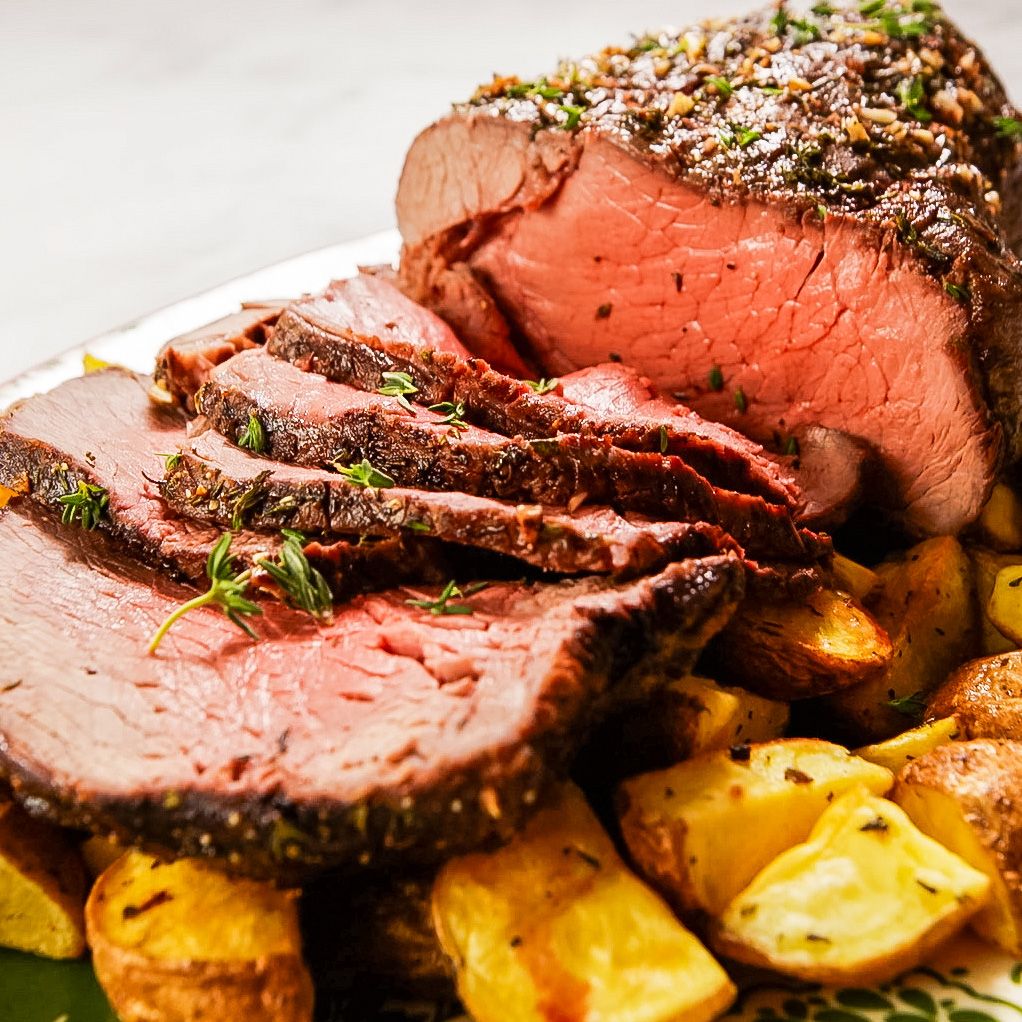
Smart Ways to Find Greatest Common Factor (GCF) in 2025
The greatest common factor (GCF), also known as the greatest common divisor (GCD), plays a crucial role in mathematics, particularly in number theory. As you delve into GCF calculations, you will find its significance in various applications, from simplifying fractions to solving algebraic problems. Understanding how to find the GCF can enhance your mathematical skills, improve your problem-solving abilities, and broaden your understanding of number properties.
This article explores smart ways to find the GCF, offering techniques ranging from prime factorization to the division method. We will also discuss real-life applications and provide exercises to test your understanding of the concept. With practical examples and tips throughout, you'll be equipped to tackle GCF challenges with confidence.
Here's what you can expect in this guide:
- A deep dive into GCF definitions and methods.
- Step-by-step processes for finding GCF using division, multiples, and factorization.
- Applications of GCF in various contexts, including fractions and geometry.
- Real-world examples and practice problems to enhance learning.
Let’s explore the fundamental techniques for calculating the GCF!
Understanding the GCF and Its Importance
What is the GCF?
The GCF of two or more numbers is the largest number that divides each of those numbers without leaving a remainder. This can be crucial in simplifying fractions, as it allows for the reduction of both the numerator and denominator to their simplest form.
Why is GCF Important?
The GCF is not just a theoretical concept; it has practical applications that extend into various areas of mathematics and everyday life. Understanding the GCF supports mathematical operations such as fraction simplification, finding common denominators, and factoring polynomials. Additionally, it has implications in geometry, where similar shapes can be analyzed using their GCF.
Real-Life Applications of GCF
From planning events to sharing resources, the GCF finds relevance in various scenarios. For instance, if you have 12 apples and 16 oranges, the GCF helps determine how to share the fruits in equal group sizes without leftovers. This practicality makes mastering the GCF a valuable life skill.
Finding GCF Using Prime Factorization
Understanding Prime Factorization
Prime factorization involves expressing a number as a product of its prime factors. For instance, the number 18 can be expressed as 2 × 3 × 3 (or 2 × 3²). Identifying these factors is a foundational step in finding the GCF.
Step-by-Step Process for Prime Factorization
To use prime factorization for GCF calculations, follow these steps:
- Find the prime factors of each number.
- Identify the common factors.
- Multiply the common prime factors to find the GCF.
For example, for the numbers 36 and 60, the prime factors are:
- 36: 2² × 3²
- 60: 2² × 3 × 5
Here, the common prime factors are 2² and 3, so the GCF is 2² × 3 = 12.
Common Mistakes to Avoid in Prime Factorization
Many learners struggle with correctly identifying prime factors. To avoid common mistakes, always double-check that all factors are prime, and ensure you have accounted for each factor accurately in your calculations.
Finding GCF Using the Division Method
The Division Method Explained
The division method is another effective way to calculate the GCF. This approach involves dividing the larger number by the smaller number and using the remainder to simplify the problem until you reach a GCF.
Step-by-Step Instructions for the Division Method
Follow these steps to implement the division method:
- Divide the larger number by the smaller number.
- Record the remainder.
- Replace the larger number with the smaller number and the smaller number with the remainder.
- Repeat the division process until the remainder is zero. The divisor at that stage is the GCF.
For example, finding the GCF of 48 and 18 involves:
- 48 ÷ 18 = 2 (remainder 12)
- 18 ÷ 12 = 1 (remainder 6)
- 12 ÷ 6 = 2 (remainder 0)
Thus, the GCF is 6.
Common Pitfalls in the Division Method
While the division method is straightforward, be careful not to overlook the remainder at each step. Failing to apply it correctly can lead to an incorrect GCF.
Exploring GCF in Different Contexts
GCF in Fractions
Understanding GCF is vital when working with fractions. By identifying the GCF, you can reduce fractions to their simplest forms. To simplify a fraction, divide both the numerator and denominator by their GCF.
GCF in Geometry
In geometry, the GCF helps determine the dimensions of similar shapes. For example, when creating a model, knowing the GCF can aid in scaling dimensions proportionally to avoid distortion.
GCF Word Problems
Word problems involving GCF often require critical thinking to determine the best approach. By practicing GCF word problems, you can enhance your analytical skills and apply mathematical concepts more effectively in real-world scenarios.
Practice Problems and Exercises for Mastery
GCF Exercises
To solidify your understanding, try these exercises:
- Find the GCF of 72 and 120.
- Calculate the GCF of 21, 28, and 35.
- Simplify the fraction 45/75 using the GCF.
GCF Quizzes for Knowledge Testing
Online quizzes can help check your understanding and reinforce what you've learned about finding GCF. Many educational resources offer interactive quizzes that are both engaging and informative.
Utilizing GCF Videos and Worksheets
There is a wealth of online resources, including instructional videos and worksheets, to further explore and practice GCF concepts. These tools provide visual aids and structured exercises to improve learning outcomes.


Conclusion
Mastering the greatest common factor is not just about following steps; it involves understanding the underlying principles that govern mathematical relationships. Through this guide, you have learned various effective strategies for finding the GCF, understanding its applications, and practicing with real-life examples. By engaging with these methods, you enhance your mathematical reasoning and problem-solving skills, enabling you to tackle GCF challenges successfully.
Remember, the GCF is not merely a number; it signifies a deeper connection between numerical values, opening doors to advanced mathematics and practical applications in everyday life. Continue exploring GCF concepts and challenge yourself with new problems to strengthen your understanding further.
For further resources and GCF learning tools, consider visiting online educational platforms that provide a plethora of quizzes, worksheets, and instructional videos tailored to enhancing your mathematical prowess.